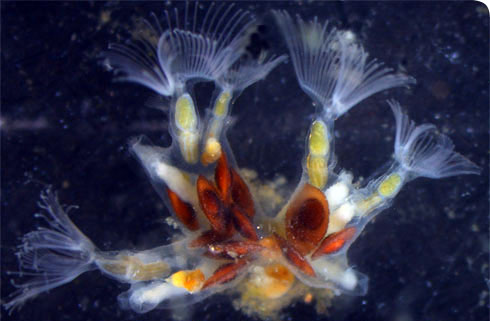Lophopus crystallinus (bellflower animal or crystal moss animal)
Lophopus crystallinus is commonly known as the bellflower animal or the crystal moss animal.
Lophopus crystallinus has the honour of being the first bryozoan ever described ( Trembley 1744, Pallas 1768)
This colonial freshwater bryozoan has a gelatinous outer wall and appears fan shaped when viewed with the naked eye.
Lophopus crystallinus catches suspended algae using its beautiful, horseshoe-shaped tentacle crown (the lophophore).
Species detail
- Colonies are roughly fan-shaped and often connected by mucous strings
- The outer wall is transparent, gelatinous
- The lophophore is horseshoe-shaped
- The lemon-shaped statoblasts float after exposure to air
(Wood and Okamura, 2005)
-

Taxonomy
Discover more about the appearance and features of the crystal moss animal and learn about similar looking species.
-

Distribution and ecology
Find out where the crystal moss animal is known from and the types of habitat it is typically found in. Learn the dynamics of its populations and read about its feeding habits.
-

Biology
Learn about the size and growth patterns of Lophopus crystallinus. Find out about its lifecycle and life expectancy.
-

Diseases
The myxozoan parasite, Buddenbrockia allmani, is parasitic in Lophopus crystallinus. Find out more about its affect on Lophopus crystallinus.
-

Conservation
Read about the conservation status of Lophopus crystallinus, trends in its populations and the management practices in place to ensure the survival of the species.
-

References
Get reference material for Lophopus crystallinus.
Images
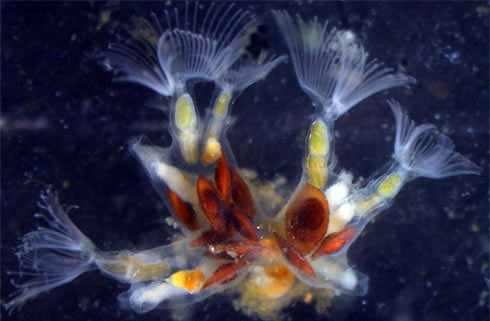
The endangered crystal moss animal (Bryozoa).

Lemon-shaped statoblasts
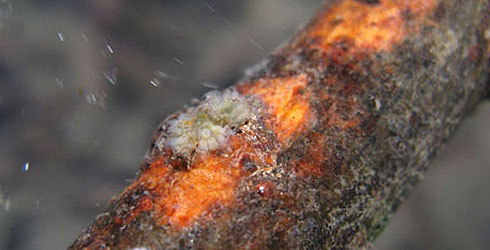
L. crystallinus colony on a tree branch.
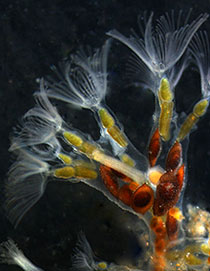
Crystal moss animal
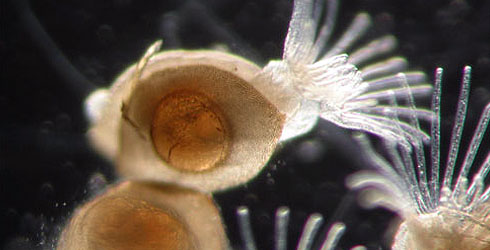
Crystal moss animal hatching from statoblast (Image by Samantha Hill)
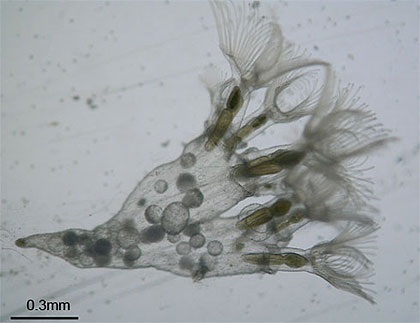
Buddenbrockia allmani parasites in L. crystallinus (Image by Samantha Hill)
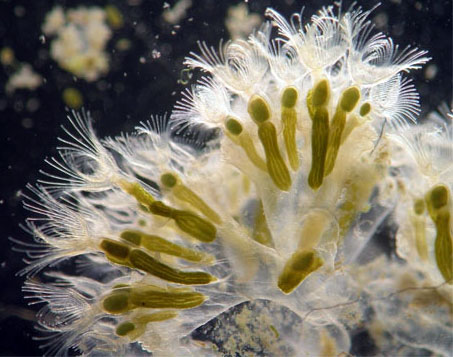
Green algae in guts of L. crystallinus (Image by Samantha Hill)
Author
Hanna Hartikainen
Bryozoa Research Assistant, Department of Zoology.
